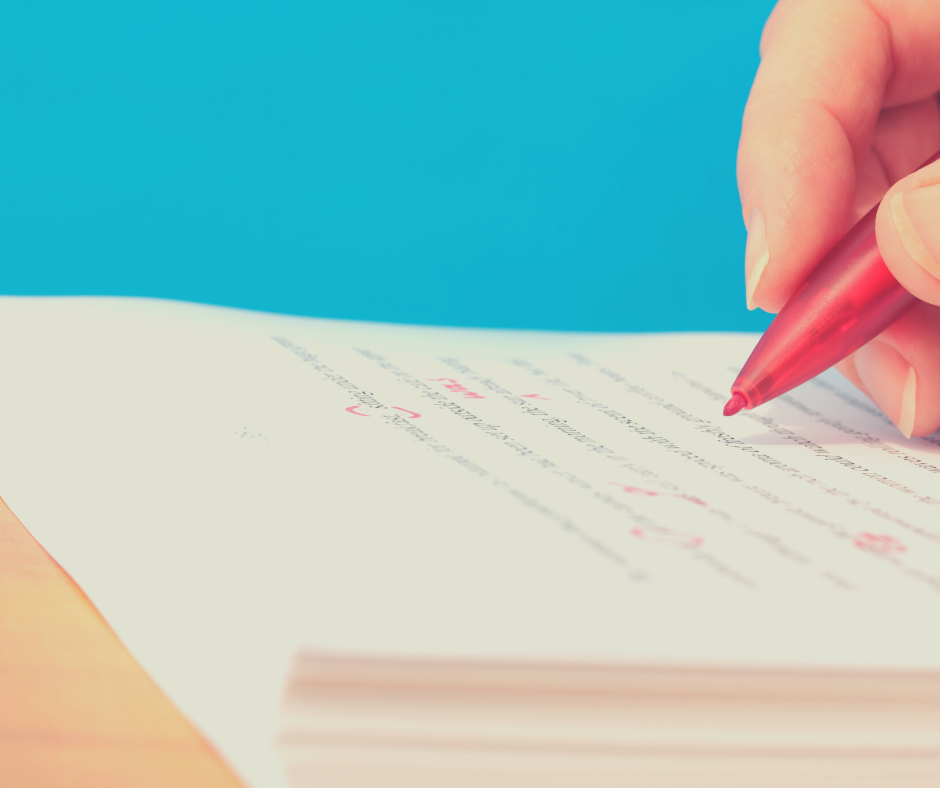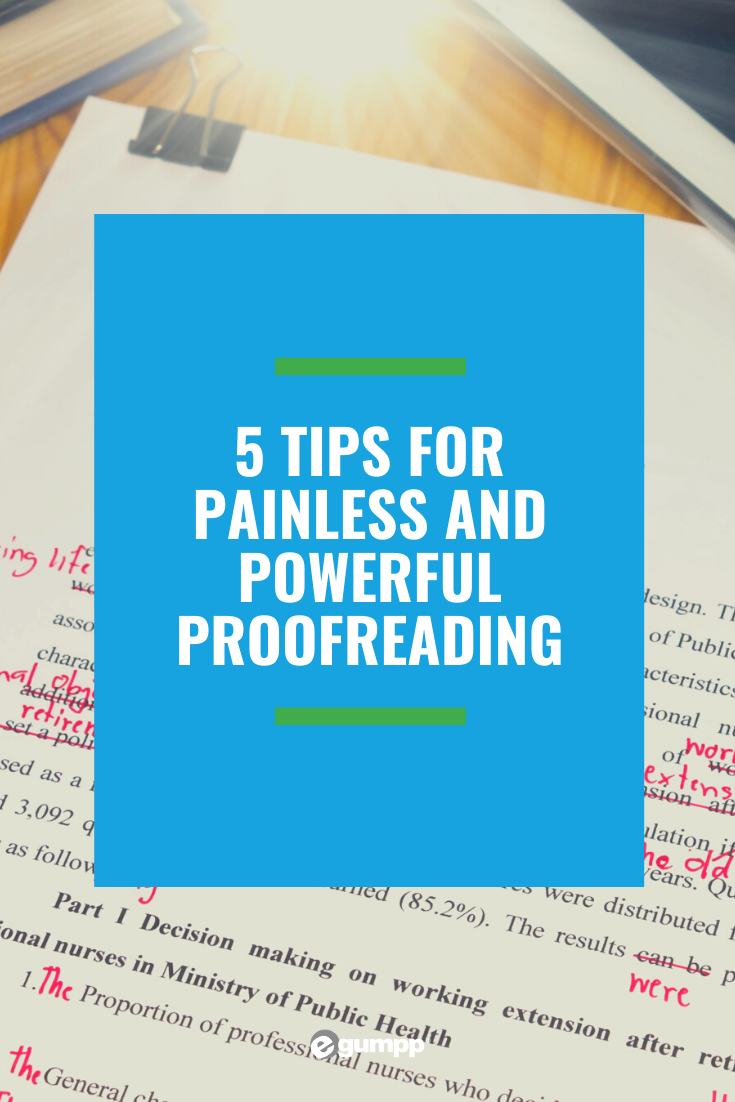From a rough draft to the final piece, the writing process can be long and difficult. You’ve taken all those thoughts in your head, gotten them into words on a page, revised, edited, now what? It’s time for proofreading.
 Proofreading is the final step towards a finished piece of writing. You’ve probably felt like throwing in the towel and calling it done several times already, but resist the temptation. You want to refine your formatting, find those extra spaces, and have one last look for any glaring errors. A misused homophone, a misspelled word, or missing punctuation can significantly affect the strength of your communication.
Proofreading is the final step towards a finished piece of writing. You’ve probably felt like throwing in the towel and calling it done several times already, but resist the temptation. You want to refine your formatting, find those extra spaces, and have one last look for any glaring errors. A misused homophone, a misspelled word, or missing punctuation can significantly affect the strength of your communication.
Proofreading is the final hurdle, and you can do it!
1 | Know the Purpose of Proofreading
You’ve written your rough draft, revised, and edited, what more can there be? Proofreading. After all the work you’ve put into this project, finish strong, and make it shine.
The purpose of proofreading is to check your formatting and page set up for accuracy and correctness. You do this by focusing on grammar, usage, mechanics, and spelling, as well as spacing and typos.
You may be wondering why we do this step last? If you did this first, you might find later you needed to rework an entire paragraph, and all the time you spent fixing its formatting, grammar, and spelling was wasted. So save this step until the end to save time.
It’s tempting to write your rough draft and go straight to proofreading. However, by doing so, you’re skipping the essential steps of revising and editing, which support finding better ideas and organization for your written work. So don’t jump ahead, it’s worth the wait.
2 | Print it Out
Yes, this may seem somewhat “old school,” but there is something about holding the words in your hand and putting pen to paper for corrections that works.
When reading on a screen, words fly by. Yet, when the paper is in your hand, reading slows, and attention increases.
Try it; it works!
3 | Read it Out Loud
Talking to yourself can feel silly, but it’s so important. When you only read in your head, you’re reading what you think you’ve written. However, when you read the actual words on the page out loud, you begin to hear the awkward word choice or sentences that are grammatically incorrect. You spot those extra spaces and the strange formatting.
Go somewhere private and read your work with intention. Reading out loud will alone uncover many errors you passed over when silently reading in your head.
4 | Pay Attention to Homophones When Proofreading (and Contractions)
Surely everyone is guilty of misusing to and too, or their and there, even when they know the needed word. It’s okay; this is the purpose of the entire revision process, including proofreading. Take one last hard look for word choice errors.
These are examples of homophones, which are words that sound the same but have different spellings and meanings. So when making corrections to your work, slow down when you see one of the highly misused homophones and double-check to see if you are correct. Here’s a list to get started:
- to/too/two
- there/their/they’re
- your/you’re
- accept/except
- affect/effect
- then/than
These are common errors, but their impact is enormous on the opinion others have of your writing skills.
5 | Don’t Proofread Alone
It’s okay to ask for help. It’s an excellent idea to have someone else, who isn’t the author, help you proofread. Their fresh eyes will probably be even better at spotting errors that you’ve looked at so many times, that they’ve now disappeared.
You can even use online grammar editors at first to get you started. Every suggestion won’t be correct or what you intended, but it can bring to your attention some of the simple errors you might be missing, such as extra spaces.
Asking for help isn’t a bad thing; it’s smart. Don’t let your pride stand between you and an excellent paper.
Take a Deep Breath; You’re Done
You did it! From a simple idea or assignment, you’ve taken your writing project through all the steps need to create a finished composition. It can be difficult and tedious at times, but it’s necessary to create a work that accurately and confidently communicates your ideas.
Proofreading may be the final step, but presenting a finished piece free from grammatical errors is important because it makes clear and strengthens your communication. Finish strong, and your reader will appreciate your efforts.




